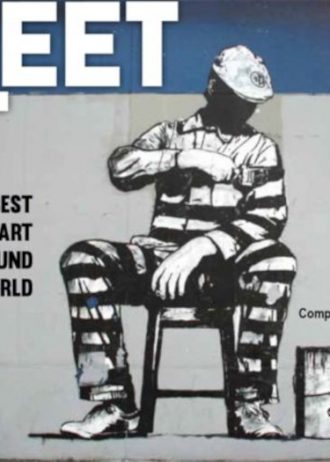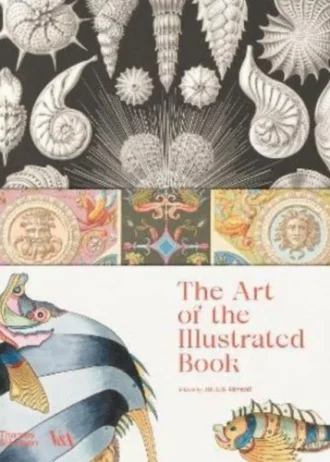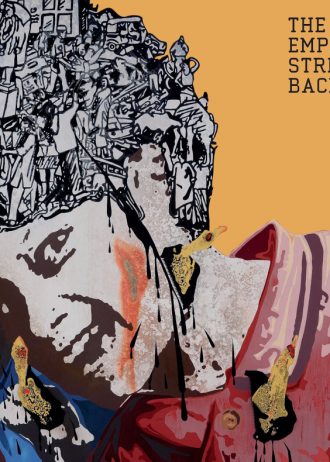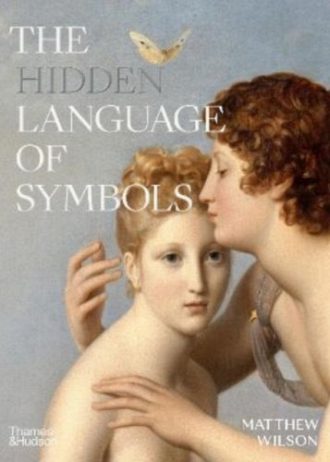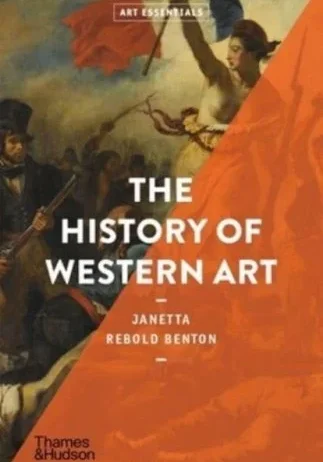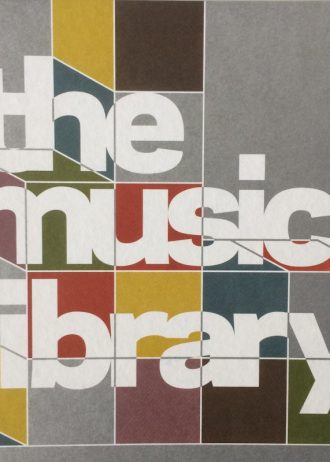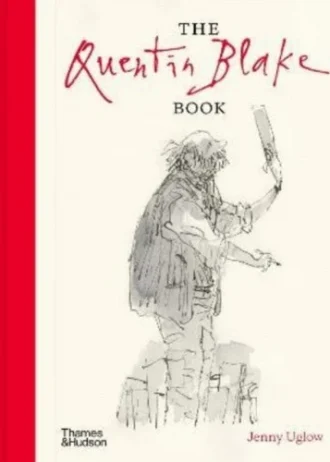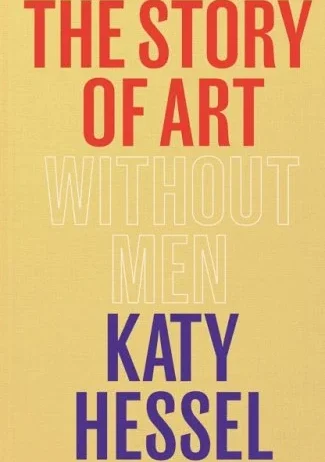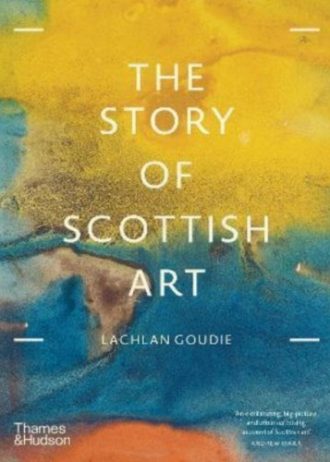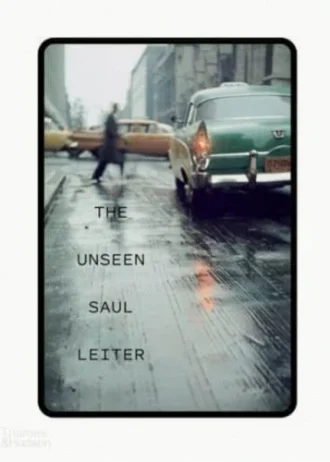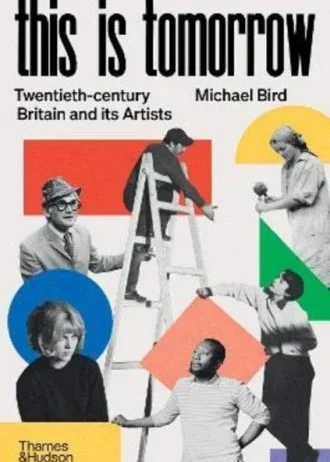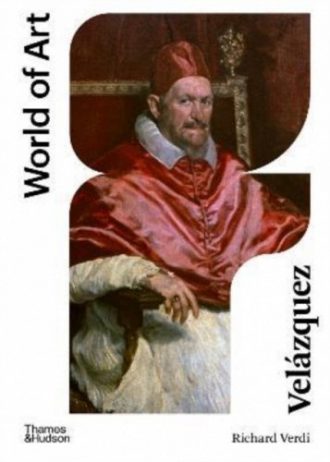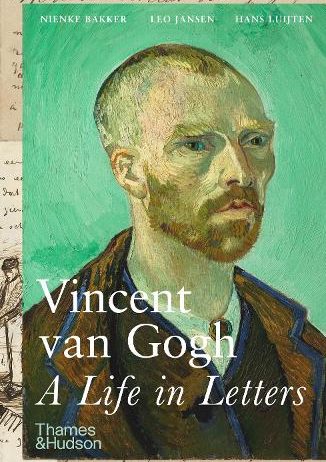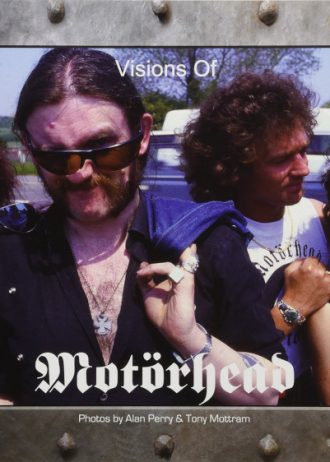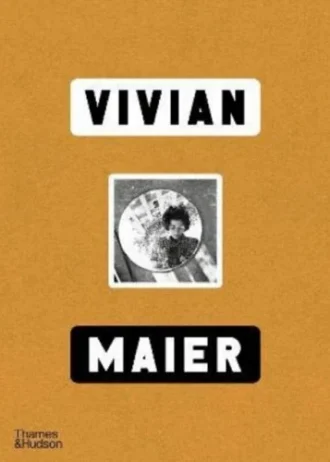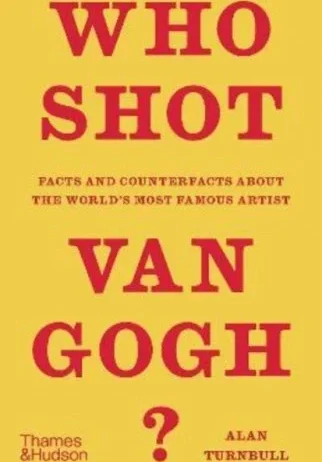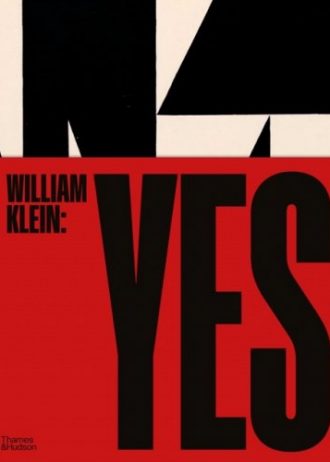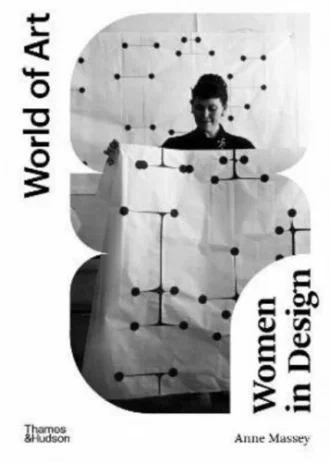‘Katy Hessel is a brilliant chronicler of the overlooked. I am so thrilled this book exists as an empowering, enlightening guide to the unforgettable vision of these brilliant artists. Essential reading.’ ELIZABETH DAY
‘ Will change the history of art… thank God.’ TRACEY EMIN
‘I was not aware how hungry I was for this book until I dropped everything and ate it from cover to cover. I was not aware how angry I was that this book did not exist until it existed. It’s an urgently needed, un-put-downable, joyful, insightful, glorious, perspective-shifting revision of the Story of Art.’ ES DEVLIN
__________________________________
How many women artists do you know? Who makes art history? Did women even work as artists before the twentieth century? And what is the Baroque anyway?
Discover the glittering Sofonisba Anguissola of the Renaissance, the radical work of Harriet Powers in the nineteenth-century USA and the artist who really invented the Readymade. Explore the Dutch Golden Age, the astonishing work of post-War artists in Latin America and the women artists defining art in the 2020s. Have your sense of art history overturned, and your eyes opened to many art forms often overlooked or dismissed. From the Cornish coast to Manhattan, Nigeria to Japan, this is the story of art for our times – one with women at its heart, brought together for the first time by the creator of @thegreatwomenartists.
__________________________________
‘A long overdue, revisionist history of art by the brilliant Katy Hessel … Never stuffy or supercilious, Hessel’s book is a revelation and an important first step towards redressing the balance of an art world in which women have been sidelined, stepped over and trampled upon for far too long’ REFINERY29
‘ An extraordinary achievement that will have a disruptive cultural legacy and help deter mine the landscape for years to come. ‘ HARPER’S BAZAAR
‘ A spirited, inspiring, brilliantly illustrated history of female artistic endeavour … The Story of Art Without Men should be on the reading list of every A-level and university art history course and on the front table of every museum and gallery shop. ‘ LAURA FREEMAN, THE TIMES
‘ Passionate, enthusiastic and witty… I wish I had had this book as a teenager ‘ THE I

